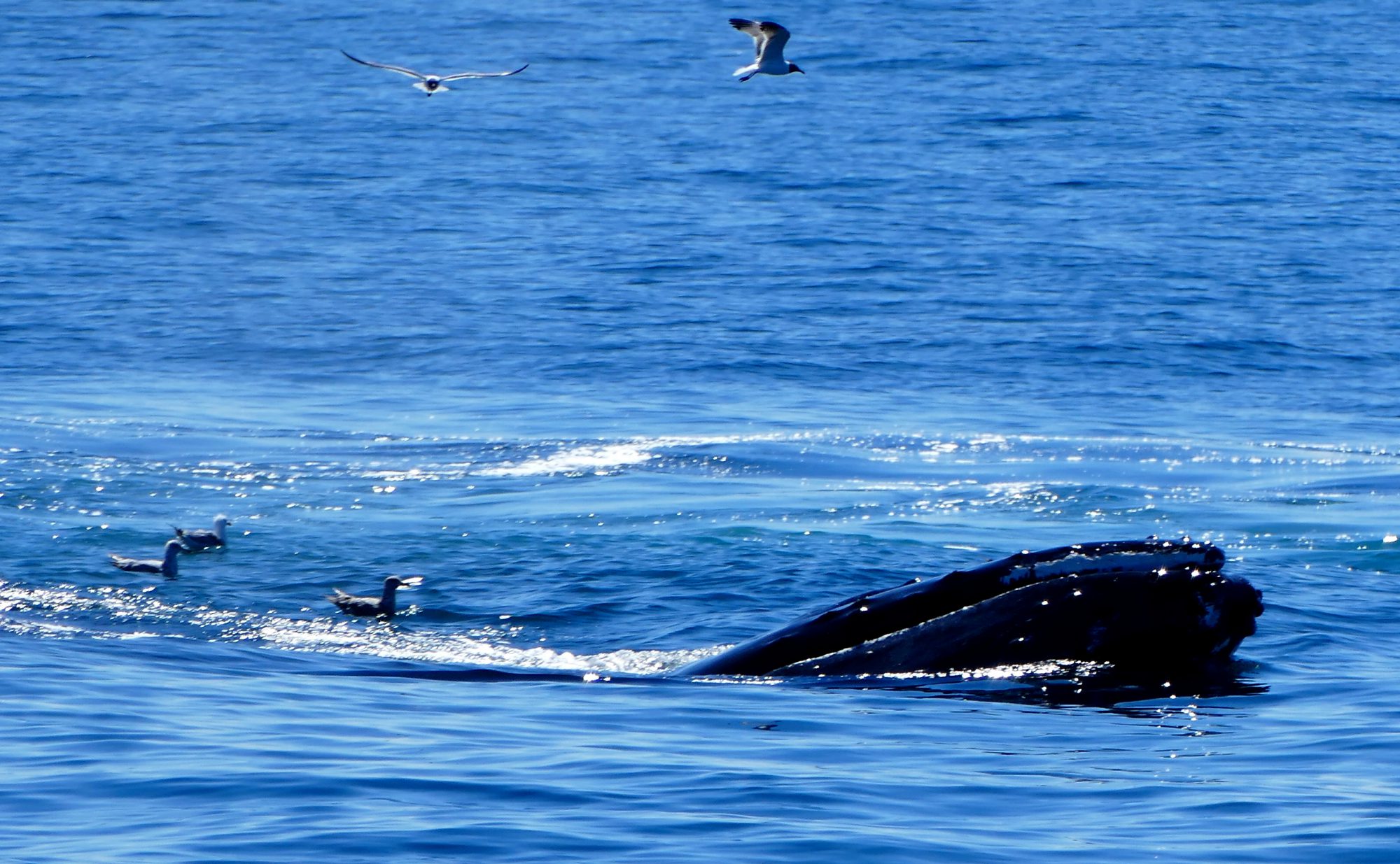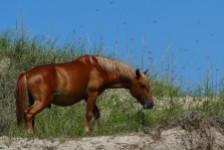The Currituck Beach Lighthouse came on for the first time in 1875 and has been a vital beacon since. It is the northernmost light on the Outer Banks of North Carolina, added to fill in the final dark spot that has claimed many ships and lives.
Visitors can walk the grounds and climb the steps to take in the view from the top. Due to poor weather and other activities, we did not get to do that (this time).
Located in the same area is the Outer Banks Center for Wildlife Education, a small but well done facility where one can learn about the history of this place, catch a film to understand the wildlife and ecosystem of the area, and view artifacts that help define the area. (If you like waterfowl decoys and old outboard motors, put this on your list.)
Links to learn more:
The Outer Banks Center for Wildlife Education: http://ncwildlife.org/Learning/Education-Centers/Outer-Banks
Currituck Beach Lighthouse: http://www.currituckbeachlight.com/














